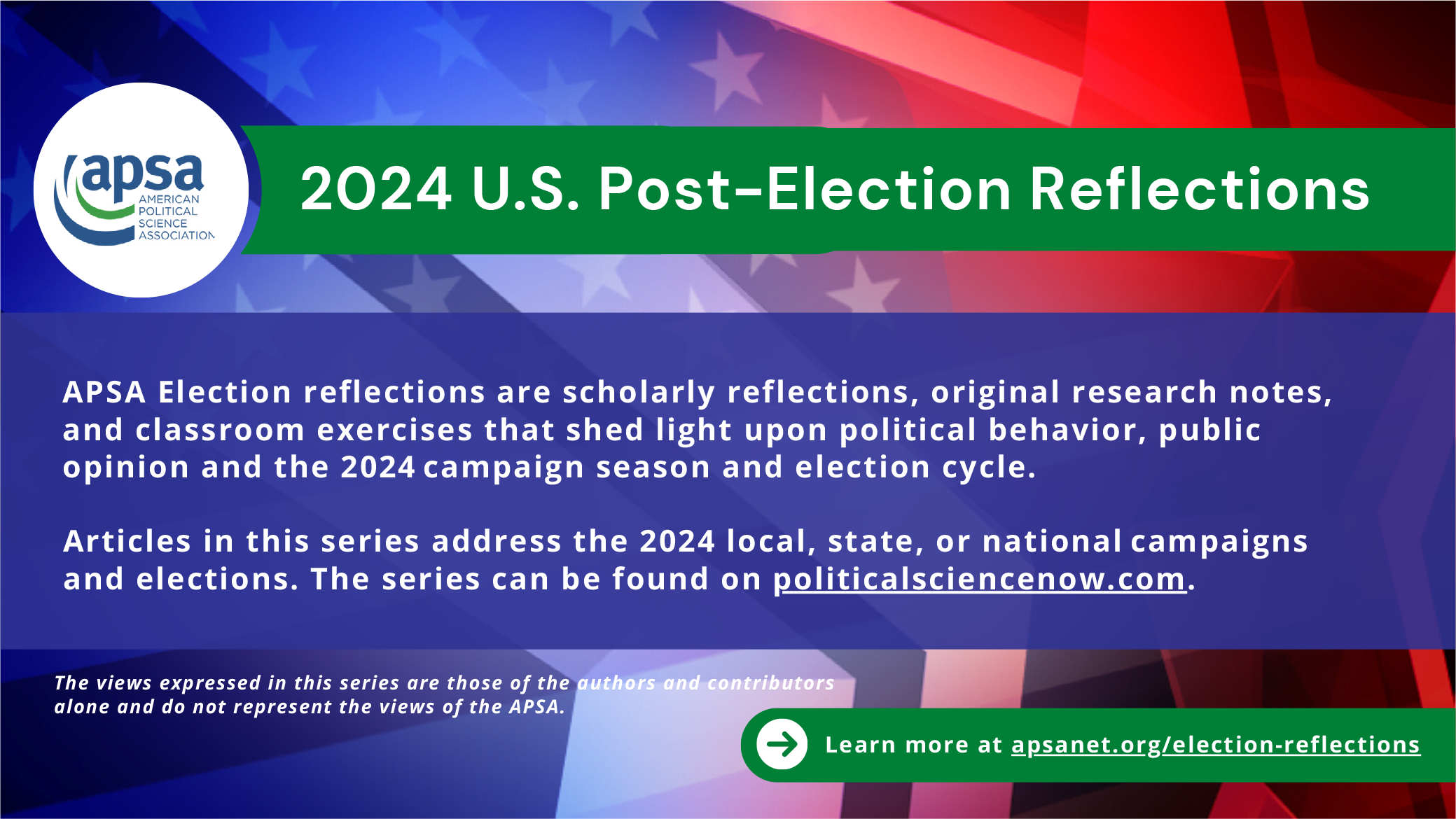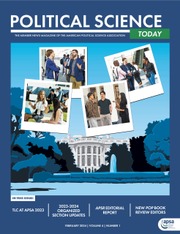In the 2024 election, much attention was given to the conservative shift in the United States that led to Donald Trump being the first Republican candidate to win the popular vote and Electoral College in 20 years, according to The New York Times (https://www.nytimes.com/interactive/2024/11/06/us/politics/presidential-election-2024-red-shift.html) and NPR (https://www.npr.org/2024/12/03/nx-s1-5213810/2024-presidential-election-popular-vote-trump-kamala-harris). While this is notable, the attention is misplaced. Specifically, more attention should be paid to the amount of non-voters in this election. These non-voters are likely demotivated by growing public dissatisfaction with the political system, political parties, and elected officials. In a 2023 Pew Research survey (https://www.pewresearch.org/politics/2023/09/19/americans-dismal-views-of-the-nations-politics/), for example, 63% of Americans express little to no confidence in the American political system, 25% feel they are not represented by either political party, and 63% of Americans state they are not satisfied with current political candidates. This dissatisfaction is particularly surprising as the 2024 turnout rate is estimated to be about 64% (https://apnews.com/article/ap-votecast-2020-election-2024-election-biden-trump-harris-f8e35d86efcea67c1eb6713b62c35546), which is similar to the high turnout of the 2020 election.

However, this increase in turnout was in favor of the Republicans, which should breed concern for Democrats. Notably, California, a consistently blue state in recent elections, had an estimated decline in turnout of about 10% (https://www.ppic.org/blog/californias-voter-turnout-sank-in-2024/). This decline has not been seen since the late 1990s. In addition, major facets of the Democratic party’s coalitions were also non-voters in this election. Preliminary analysis of majority Black counties in the 2024 election, for example, shows that there were decreases in support in comparison to 2020 for both Harris and Trump (https://www.nytimes.com/interactive/2024/11/06/us/politics/presidential-election-2024-red-shift.html). The reductions in support, however, were mostly for Harris, which again spells negatively for Democrats as the Black electorate typically supports the Democratic party at about 90% or greater. More nuance needs to be explored in understanding the political behavior of the Black community, especially as they have been stereotyped as habitual voters and members of the Democratic party.
In my research, I argue that the overemphasis of Black voters as habitual voters and supporters of the Democratic party disregards the psychological calculus of many Black non-voters, who feel as though electoral politics is not meeting their political needs. Instead, I posit that these individuals value non-electoral political activities. I seek to advance the understanding of those individuals to better understand all Black prospective voters within the polity for future elections. Previous conceptualizations of political apathy, or lack of interest or motivation to engage with political participation, do not encapsulate the attitudes of these Black prospective voters. This gap is largely because the data was collected in different political contexts and does not account for the significant diversity in the current American electorate. I seek to update these previous definitions of apathy to ensure Black voters are adequately represented and the relationship between apathy and Black political participation is properly understood.
In addition, I theorize that Black individuals who identify with this distinct form of apathy are more likely to engage in non-electoral political activities. The activities that I explore include attending protests or demonstrations, using social media to discuss politics, attending community meetings, and engaging with non-governmental organizations like the National Association for the Advancement of Colored People (NAACP) or the Urban League. I argue these activities are associated with a return to the political activities that Black individuals engaged with before the passage of the Voting Rights Act of 1965. Specifically, Black individuals invested in community-based political organizations like the Student Nonviolent Coordinating Committee (SNCC), Southern Christian Leadership Conference (SCLC), and the Black Panther Party and organized sit-ins and protests like the Montgomery Bus Boycotts, the March on Washington, and more in the Civil Rights and Black Power movements. Among Black individuals who are more apathetic about electoral politics, I posit that they believe non-electoral methods are more effective in bringing forward Black political gains and want to return to those methods in their political participation. This diverges from traditional conceptualizations of political apathy and adds to the literature on Black political behavior in the modern political era.
Specifically, I propose a 7-point measure to best measure racial group apathy and its respective effects on 2024 vote intention and non-electoral political participation for Black individuals in July 2024. These 7 points include levels of political interest of the individual and their community, evaluations of political parties, social pressures to participate, racial consciousness, and systemic barriers to politics. I found that this measure leads to negative evaluations of political candidates like President Biden, decreased interest in political parties, and decreased trust in government for Black respondents. In addition, I find that it leads to increased participation in non-electoral political activities such as protesting. In a future book project, I plan to conceptualize racial group apathy for other marginalized groups in the United States as well as continue to theorize about the potential for growing non-voting in the United States.
In reflecting on 2024, it is important to understand that when research leaves those who do not participate out of the analysis of political attitudes or evaluations, this prevents an accurate picture of the sentiments of the American electorate as a whole. More data collected that focuses on non-voters could inform political parties and interest groups on how they can improve their outreach and policy to encourage those eligible to vote to participate. In addition, it can improve the outlook of democracy and civil liberties within the American two-party system as dissatisfaction with the American political system is on the rise. These changes could be especially impactful for non-voters of color, such as non-voters within the Black community. Non-voters have attitudes and experiences that need to be shared within the discipline and shouldn’t be pushed aside, especially as they could determine elections. ■


